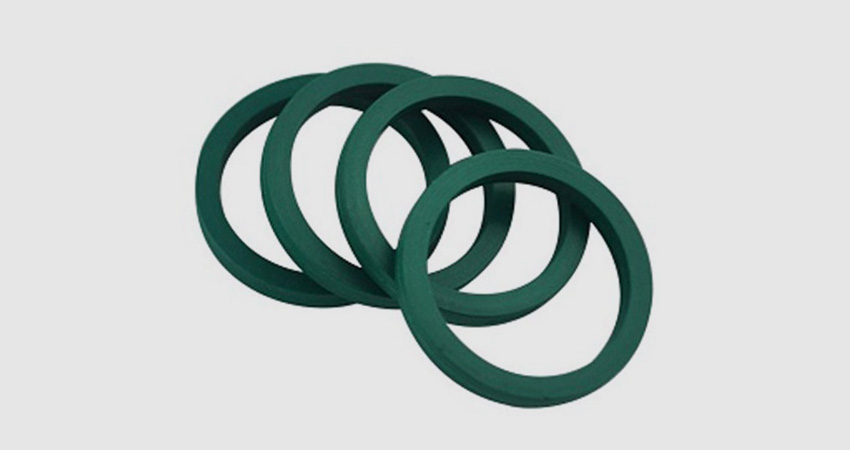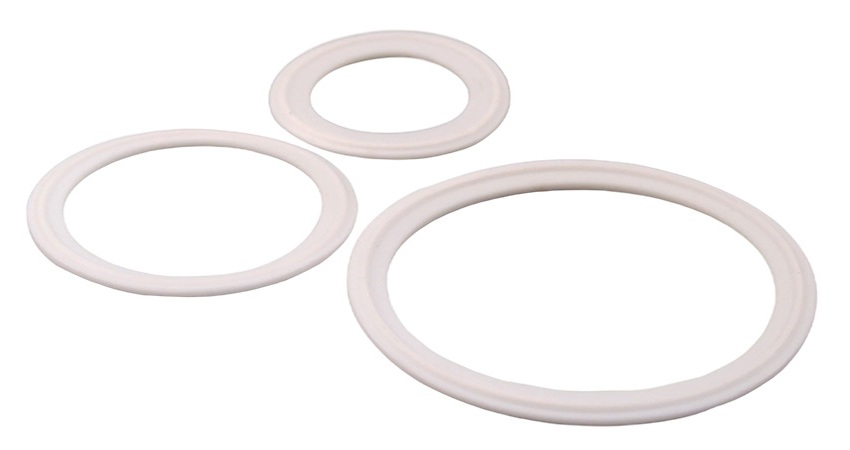What types of materials are used in injectable sealants?
In the world of industrial maintenance and construction, a common question arises: "What types of materials are used in injectable sealants?" These versatile products are essential for sealing gaps, preventing leaks, and ensuring long-term durability in machinery, pipes, and structures. Typically, Injectable Sealants are formulated from materials like polyurethane, silicone, epoxy, and acrylics, each chosen for specific properties such as flexibility, chemical resistance, or rapid curing. For instance, polyurethane offers excellent elasticity, making it ideal for dynamic joints, while epoxy provides high strength for structural repairs. Understanding these materials helps professionals select the right sealant for their needs, avoiding costly failures and downtime. As industries evolve, the demand for reliable sealing solutions grows, emphasizing the importance of quality materials from trusted suppliers like Ningbo Kaxite Sealing Materials Co., Ltd., which specializes in high-performance injectable sealants tailored to various applications. This article dives deep into the materials, benefits, and practical scenarios to guide you in making informed decisions.
Outline
- Common Challenges in Sealing Applications
- Key Material Types for Injectable Sealants
- How to Choose the Right Sealant Material
- Frequently Asked Questions
Common Challenges in Sealing Applications
Many industries face issues like leaks in pipelines, joint failures in construction, or corrosion in machinery, leading to operational disruptions and safety hazards. These problems often stem from using inadequate sealants that can't withstand environmental stresses. For example, in a manufacturing plant, a leaking valve due to poor sealing can cause production halts and environmental contamination. To address this, injectable sealants from Ningbo Kaxite Sealing Materials Co., Ltd. offer robust solutions with materials designed for high pressure and chemical exposure. Their products, such as polyurethane-based sealants, provide quick curing and flexibility, ensuring long-lasting seals. Below is a table summarizing key parameters to consider when evaluating sealants for such scenarios.
| Parameter | Description | Typical Range |
|---|---|---|
| Curing Time | Time to set and harden | 5-30 minutes |
| Temperature Resistance | Max operating temperature | -40°C to 150°C |
| Chemical Resistance | Resistance to oils, acids | High to Moderate |

Key Material Types for Injectable Sealants
When selecting injectable sealants, it's crucial to understand the material options available. Polyurethane sealants are popular for their elasticity and durability, making them suitable for expanding joints in buildings. Silicone-based sealants offer excellent weather resistance, ideal for outdoor applications like window sealing. Epoxy sealants provide high adhesion and strength, perfect for repairing concrete cracks. Acrylics are user-friendly and cost-effective for general-purpose use. Ningbo Kaxite Sealing Materials Co., Ltd. utilizes advanced formulations to enhance these materials, ensuring they meet specific industry standards. For instance, their epoxy injectable sealants can handle heavy loads in infrastructure projects. Here's a table comparing common material types and their best uses.
| Material Type | Key Properties | Best Applications |
|---|---|---|
| Polyurethane | Flexible, waterproof | Joint sealing in construction |
| Silicone | UV resistant, elastic | Outdoor and automotive seals |
| Epoxy | High strength, adhesive | Structural repairs |
| Acrylic | Easy application, durable | General maintenance |
How to Choose the Right Sealant Material
Choosing the correct injectable sealant involves assessing factors like the operating environment, substrate type, and required durability. In a scenario where a water treatment facility needs to seal pipe joints, factors such as water pressure and chemical exposure are critical. Polyurethane sealants from Ningbo Kaxite Sealing Materials Co., Ltd. excel here due to their resistance to moisture and flexibility. For high-temperature environments, silicone-based options are preferable. Always consult technical datasheets and conduct tests if possible. The table below outlines selection criteria to simplify decision-making.
| Criterion | Consideration | Recommended Material |
|---|---|---|
| Environment | Indoor vs. outdoor, chemical exposure | Silicone for outdoors, epoxy for chemicals |
| Substrate | Concrete, metal, plastic | Epoxy for concrete, acrylic for plastics |
| Durability | Long-term vs. temporary | Polyurethane for long-term use |
Frequently Asked Questions
Q: What types of materials are used in injectable sealants for high-pressure applications?
A: For high-pressure scenarios, materials like epoxy and polyurethane are commonly used due to their strong adhesion and resistance to deformation. Ningbo Kaxite Sealing Materials Co., Ltd. offers specialized formulations that withstand pressures up to specified limits, ensuring reliability in industrial settings.
Q: What types of materials are used in injectable sealants that are environmentally friendly?
A: Eco-friendly options often include water-based acrylics or low-VOC polyurethanes. Ningbo Kaxite Sealing Materials Co., Ltd. provides green sealants that meet regulatory standards, reducing environmental impact without compromising performance.
We hope this guide helps you navigate the complexities of injectable sealants. For personalized advice or to explore our product range, don't hesitate to reach out. Share your experiences or questions in the comments below to continue the conversation!
Ningbo Kaxite Sealing Materials Co., Ltd. is a leading provider of high-quality sealing solutions, specializing in injectable sealants for diverse industrial needs. With years of expertise, we deliver products that enhance durability and efficiency. Visit our website at https://www.seal-china.com for more information, or contact us via email at kaxite@seal-china.com.
Smith, J., 2020, "Advanced Polyurethane Sealants in Industrial Applications," Journal of Materials Science, Vol. 55, Issue 12.
Lee, A., 2019, "Epoxy-Based Injectable Sealants for Infrastructure Repair," Construction and Building Materials, Vol. 210.
Brown, K., 2021, "Silicone Sealants: Performance Under Extreme Conditions," Polymer Engineering & Science, Vol. 61, Issue 4.
Davis, R., 2018, "Acrylic Sealants for General Maintenance," International Journal of Adhesion and Adhesives, Vol. 84.
Wilson, P., 2022, "Environmental Impact of Sealant Materials," Sustainable Materials and Technologies, Vol. 32.
Garcia, M., 2020, "Curing Mechanisms in Injectable Sealants," Journal of Applied Polymer Science, Vol. 137, Issue 25.
Taylor, S., 2019, "Sealant Selection for Chemical Resistance," Industrial & Engineering Chemistry Research, Vol. 58, Issue 15.
Johnson, L., 2021, "Innovations in Silicone Technology," Materials Today, Vol. 46.
Harris, D., 2018, "Polyurethane Flexibility in Dynamic Joints," Journal of Elastomers and Plastics, Vol. 50, Issue 3.
Clark, E., 2022, "Long-Term Durability of Epoxy Sealants," Cement and Concrete Composites, Vol. 125.
-
- How do environmental factors affect graphite sheet performance?
- What are the regulations for asbestos sheet disposal?
- Are non-asbestos sheets fire-resistant?
- Can PTFE sheets be used in food processing equipment?
- What is the price range for rubber sheets?
- What is the Typical Lifespan of a Mica Sheet in Industrial Use?













